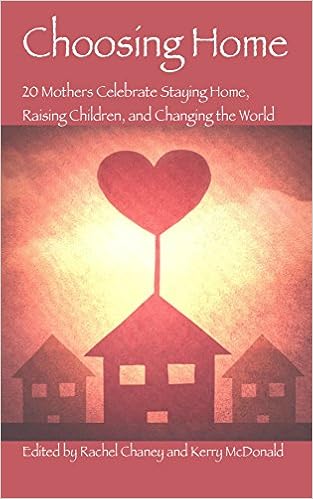 |
| Weekend woodworking at Parts & Crafts learning center - Somerville, Mass. |
The other day I received an email from a parent entitled "Gaps!" asking the following question: "How do you face the gaps issue and remain so confident in your position that home education is best?" This parent is worried about learning gaps in children who learn without schooling, wondering how they learn everything a schooled child would learn.
I'll cut to the chase: They don't.
The first question to ask ourselves about learning gaps is whose gaps are these?
The authors of the Common Core State Standards? (One of whom is David Coleman, whose organization, Student Achievement Partners, received a four-year, $18-million grant from the GE Foundation to create materials for Common Core implementation.*) Are we referring to Common Core-like gaps?
Yes, community-based, self-directed learning looks nothing like Common Core and conventional schooling. If we are comparing natural learning to institutionalized schooling it's like comparing apples to poultry. They couldn't be more different.
But what about those pesky gaps? Aren't I concerned that unschooled children won't learn all there is to learn?
None of us can.
In fact, it is now widely accepted that there is so much information and data available to us that it would be impossible for any of us to know everything--or even a fraction of everything. According to this article citing Eric Schmidt, former CEO of Google, "every two days we create as much information as we did from the dawn of civilization up until 2003." This is jaw-dropping when you think about it. Every two days we create as much information as a society as we did from the beginning of civilization up until 2003. Every 2 days!! Gaps in learning are all around us! We can't possibly keep up.
At the very least, this vast amount of information and the obvious knowledge gaps it creates should cause us to pause and reconsider our very antiquated, industrial model of standardized schooling. We don't need assembly line workers anymore; we need knowledge workers, creative thinkers, innovative leaders. None of that can be accomplished within an American system of compulsory schooling that was designed--in no uncertain terms--to craft a workforce of obedient, conforming laborers. We need a new model of education to meet the pressing needs of our modern civilization. We need to separate schooling--a relatively recent societal construct--from learning--a natural condition of being human.
We need citizens with the ingenuity, eagerness, and agency to succeed and flourish in the Imagination Age. We have left the Industrial Age behind and yet our schooling system continues to operate on an outdated factory model designed to squash curiosity and creativity in the name of conformity and compliance.
With so much knowledge and information now available to us--and so many inherent gaps in what humans can know and do--it's silly to think that an arbitrary, packaged curriculum and associated testing created from questionable sources can provide the necessary pathway for Americans to succeed in a new, creative economy.
We need a brand new model of learning, separate from our 164-year experiment with compulsory schooling, that taps into the innate, self-educative capacity of humans. We need a learning model that encourages creativity and curiosity and fosters an educated citizenry that knows how much it doesn't know but has the enthusiasm, drive, and tools to ask questions, seek out answers, confront serious societal problems, and develop creative solutions.
Is this just a pipe-dream: a completely unrealistic model for structuring childhood in the 21st century?
Absolutely not.
Self-directed, community-based learning centers are popping up everywhere--all over the country--showing us how this new model of learning can and does work. Just this weekend we all spent hours with friends at Parts and Crafts in nearby Somerville, Mass., a non-profit, self-directed learning center that caters to unschoolers and other young people in the community. It's one of our favorite family spots and demonstrates one example of how simply, elegantly, and cost-effectively self-directed, community-based learning can work. Click here for a list of self-directed learning centers around the country.
Imagine how many other models of self-directed, community-based learning could emerge when we move ourselves beyond the prevailing paradigm of forced schooling and toward natural learning. The possibilities are endless--and you might even become involved in helping to construct or expand some of these possibilities.
There is just so much to know and do--so many possibilities to explore, gaps to close.
We'd better get to work.
---
*Calkins, Lucy, et al. Pathways to the Common Core: Accelerating Achievement. Heinemann, 2012, pp. 5-6.























No comments:
Post a Comment
Note: Only a member of this blog may post a comment.